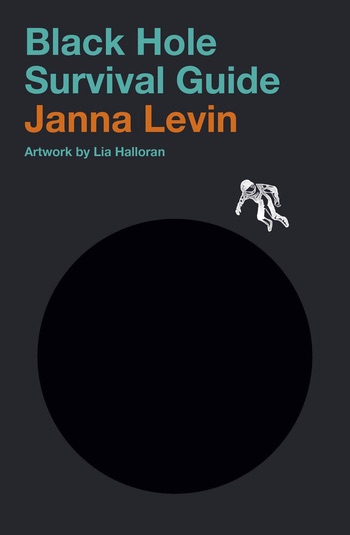Review: Black Hole Survival Guideby Jeff Foust
|
| “Shed the impression of the black hole as a dense crush of matter,” she writes. “Accept the black hole as a bare event horizon, a curved empty spacetime, a sparse vacuity that hypnotized me into this peculiar occupation.” |
One issue, she said, is the perception that black holes mercilessly suck in any matter in its gravitational grasp. “Keep a safe distance from an unobtrusive black hole and you will neither be torn apart nor sucked up,” she writes. “Black holes just are not the cata- strophic engines of destruction they’re portrayed to be, at least not until you veer recklessly close, not until you cross the point of no return, and then admittedly circumstances can get harrowing.”
Approaching a black hole, she argues, is safer than approaching the Sun: “You only really notice a radical difference between the space around a black hole and the space around the Sun when you get within a few hundred kilometers of the center of each. And you can’t get that close to the Sun without incinerating.”
Odds are, of course, you’re not planning to travel to within a few hundred kilometers of the Sun, or a black hole, any time soon. Those discussions, though, serve as thought exercises to explore what black holes are, and are not. “Shed the impression of the black hole as a dense crush of matter,” she writes in one passage, discussing what happens at the black hole’s event horizon. “Accept the black hole as a bare event horizon, a curved empty spacetime, a sparse vacuity that hypnotized me into this peculiar occupation.” Black holes are seen less as objects than as phenomena of spacetime.
This slender volume will get the reader quickly up to speed when it comes to black holes, without equations or torrents of jargon. Like many other things in the universe, and on Earth, black holes can seem terrifying but aren’t something to worry about, provided you treat them with respect and keep a safe distance. Good advice for NASA to provide on its next Black Hole Friday.
Note: we are temporarily moderating all comments submitted to deal with a surge in spam.
